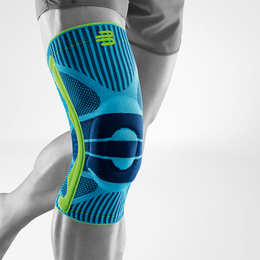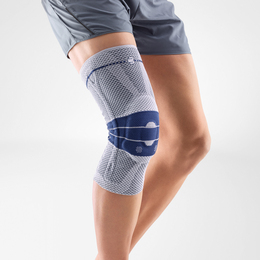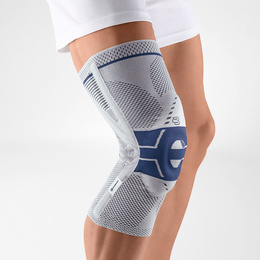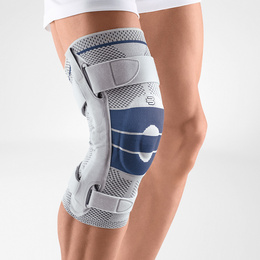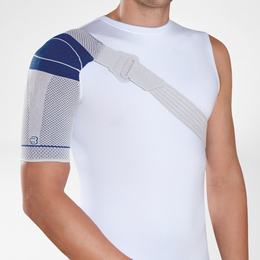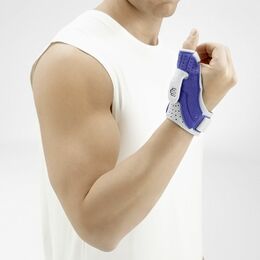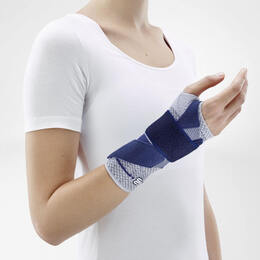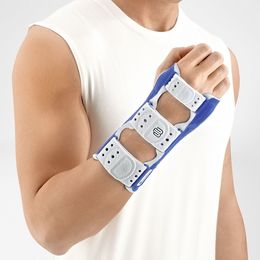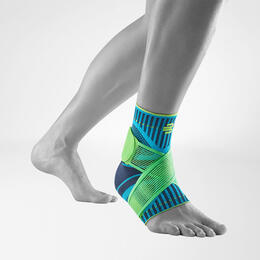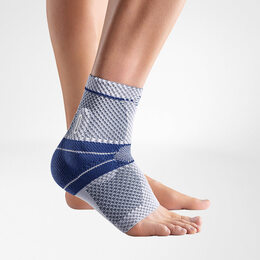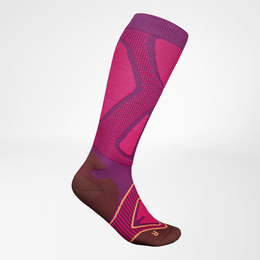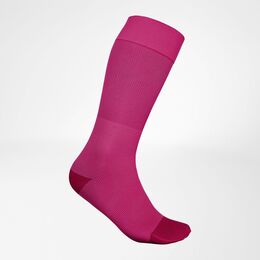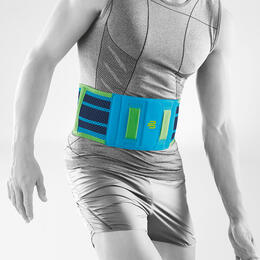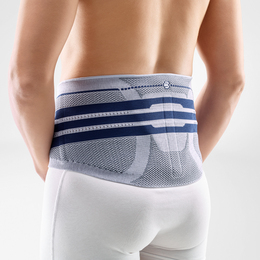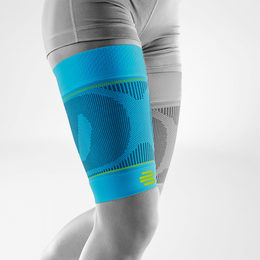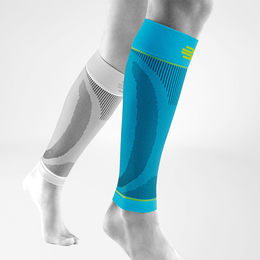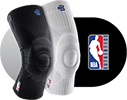Whether you ski, skate or snowboard, winter sports can take a toll on your joints, especially if you’ve experienced previous injuries. Support your ligaments and joints with Bauerfeind braces and compression products for stability, control and endurance while on the slopes or the ice.
Our high-quality products, with medical-grade compression, provide stability while promoting blood flow and proprioception to reduce pain, swelling and reinjury. And due to a design that’s lightweight, low-profile and breathable, you’ll hardly remember you’re wearing it.
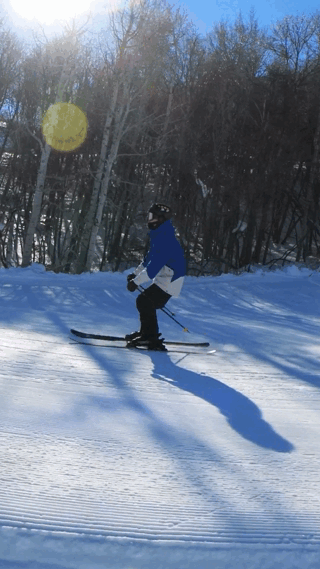
Nate Miceli
Pro Slopestyle Skier
- 2018 South American Cup Slopestyle Winner
- Wears the GenuTrain knee brace for stabilization and relief
- @lifeof.nate on Instagram
FAQ's
Though there are similarities across winter sports, the types of injuries and their frequency do vary by sport.
Because of the equipment used and fall mechanisms, the most common skiing injuries affect the knees, thumbs (relating to Skier’s Thumb) and head, relative to concussions. Foot and ankle injuries, shoulder sprains or dislocations and wrist fractures can also occur while skiing.
Snowboarders are more likely to experience upper-body injuries than skiers. This includes shoulder sprains or dislocations and wrist fractures. Foot and ankle injuries, such as Snowboarder’s Fracture (talus fracture), knee sprains or ligament tears and concussions are also fairly common.
Bauerfeind braces and supports can help relieve all but concussions by adding stability and medical-grade compression around the area. We also strongly advise you to wear a helmet while participating in any winter sport. Ask your healthcare provider for more information on which Bauerfeind product may be right for you.
There is no guaranteed method to prevent or avoid injury while skiing, snowboarding, playing hockey or participating in other winter sports, but wearing a brace or support from Bauerfeind can reduce your chances of injury by providing enhanced stability, proprioception and medical-grade compression.
Treatment options for Skier’s Thumb will depend on the severity of your condition. For mild sprains, you may be advised to keep the thumb immobilized to allow the injured ligament to heal. Bauerfeind’s RhizoLoc thumb splint allows you to manage the stabilization of the thumb and gradually loosen the restriction as you progress in your recovery. As always, consult your healthcare provider to create and manage your recovery plan.
Bauerfeind braces, supports and compression gear are best worn directly on the skin to deliver proper medical-grade compression and increase proprioception. They are low-profile, lightweight and breathable and can be worn under winter sports equipment.
If between sizes, we’d recommend sizing up for sports supports, such as the Sports Knee Support, and sizing down for medical braces, such as the GenuTrain. If further assistance is needed, please contact our team of expert product specialists at (800) 423-3405.
Bauerfeind’s knit products must be washed regularly to maintain the strength of the knit and prevent stretching. How often to wash your brace or support depends on the frequency of use, but we recommend washing every 3-10 wears. Remember to read your product’s care guide on washing, as fabric softener and Woolite can damage the product.

